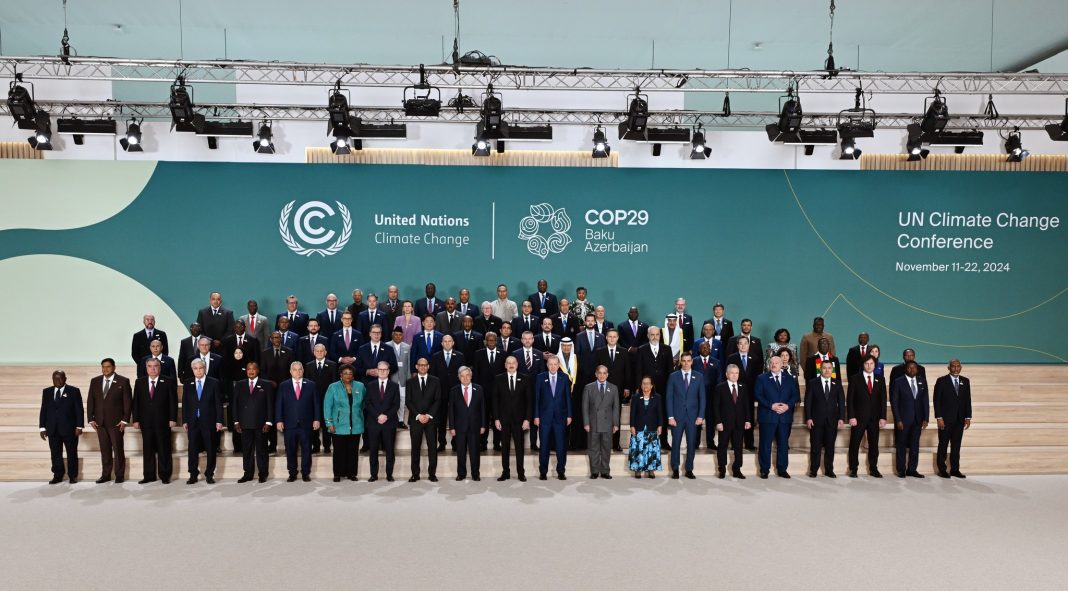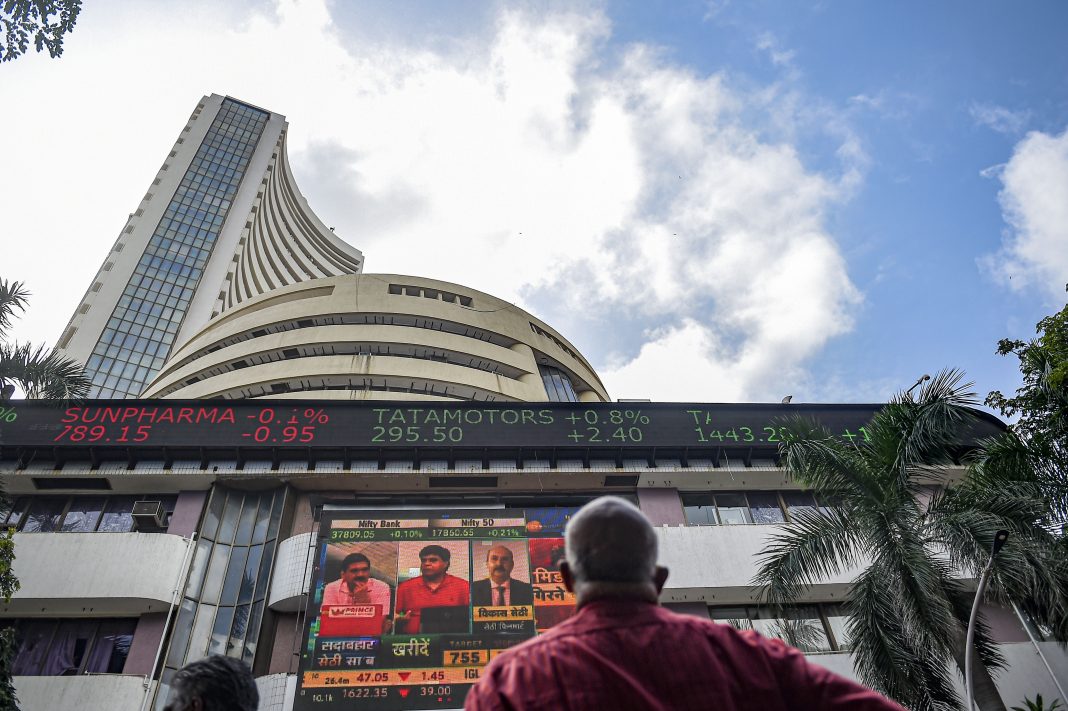New Delhi, Nov 14: Negotiators at the UN climate conference in Azerbaijan should focus on mobilising USD 1 trillion per year by 2030 to help developing countries cope with the warming world, a new report the Independent High-Level Expert Group on Climate Finance said on Thursday.
This money, according to the group of international climate finance experts, is needed from public and private sources.
As countries negotiate at COP29 a new climate finance package to support developing countries beyond 2025, the report cautions against the risks of delayed action.
“Any shortfall in investment before 2030 will place added pressure on the years that follow, creating a steeper and potentially more costly path to climate stability,”
Failing to invest sufficiently now, it warns, “Means we will need to mobilise even larger sums in shorter time frames to catch up on critical targets.”
The report said global climate action requires USD 6.3–6.7 trillion annually by 2030, with USD 2.4 trillion per year needed specifically for emerging economies.
It breaks down the USD 2.4 trillion needs for emerging markets and developing countries outside China as follows: USD 1.6 trillion for clean energy, USD 0.25 trillion for climate adaptation, USD 0.25 trillion for loss and damage, USD 0.3 trillion for sustainable agriculture and natural capital and USD 0.04 trillion for fostering a just transition.
The Independent High-Level Expert Group, co-chaired by climate finance experts Amar Bhattacharya, Vera Songwe, and Nicholas Stern, was formed to advise successive COP presidencies, starting with COP26. This is the group’s third report.
The group said it is necessary to tap into all funding sources to meet the climate finance needs.
“External finance from all sources, international public and private, along with others, will need to cover USD 1 trillion per year of the total investment needed by 2030 and around USD 1.3 trillion by 2035,” the authors said.
They said that a fourfold increase in total climate finance and a sixfold increase in external finance by 2030 are necessary to keep pace with climate goals, adding that “these are the investment levels that are necessary for delivery on the Paris targets”.
The report also said that bilateral climate finance from advanced economies, which currently amounts to USD 43 billion per year, needs to double or more, given the central role that it plays in building trust and financing the most difficult needs.
It said the multilateral development banks (MDBs), including the World Bank, “should come forward with a commitment and plan to triple lending capacity by 2030 as part of the NCQG, with each MDB doing its part, which will require shared commitment and leadership from shareholders”.
At COP29, countries are required to reach an agreement on the NCQG — the new amount developed nations must mobilise every year starting in 2025 to support climate action in developing countries.
At COP15 in 2009, developed countries pledged to mobilise USD 100 billion per year to help developing nations cope with climate change by 2020.
However, this target was only met in 2022, with loans accounting for around 70 per cent of the total climate finance provided.
Developing countries have been pushing for an ambitious climate finance package that is publicly funded by developed countries, grant-based, concessional, supports their needs and priorities, and covers mitigation, adaptation and loss and damage from climate impacts.
Estimates indicate that developing and poorer countries will require trillions of dollars to adapt to and combat climate change in the coming years.
Among the Global South negotiators, the Like-Minded Developing Countries (LMDC) group has suggested that USD 1 trillion per year is needed, the Arab Group has called for USD 1.1 trillion, the African Group USD 1.3 trillion, India USD 1 trillion and Pakistan USD 2 trillion.
In contrast, developed nations want the NCQG to be a broad, global investment goal that includes funding from multiple sources, including governments, private companies and investors.
They argue that the global economic landscape has changed significantly since adopting the UN Framework Convention on Climate Change in 1992 and that countries that have become wealthier since then, such as China and some Gulf states, should also contribute to the new climate finance goal.
Developing countries view this as an attempt to shift responsibility away from those who have historically benefited from industrialisation and contributed the most to greenhouse gas emissions.
They argue that expecting them to contribute — especially when many are still struggling with poverty and inadequate infrastructure amid worsening climate impacts undermines the principle of equity. (PTI)




